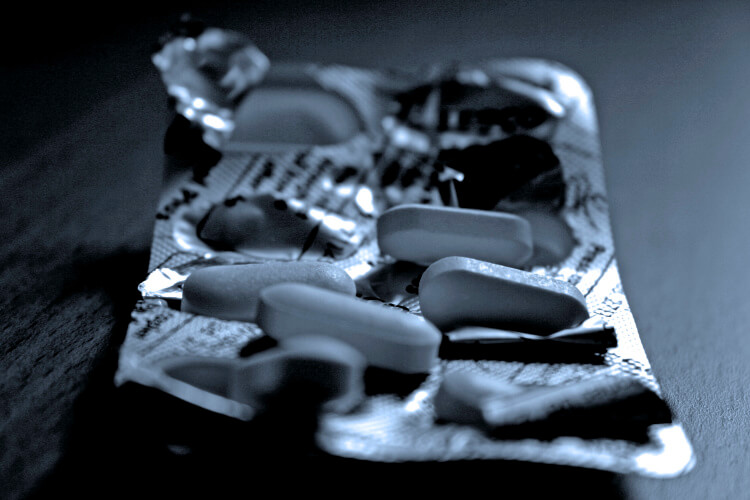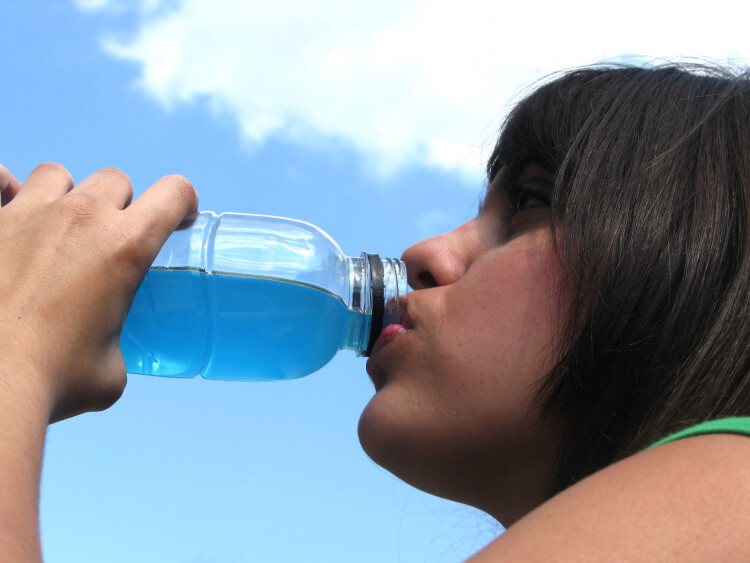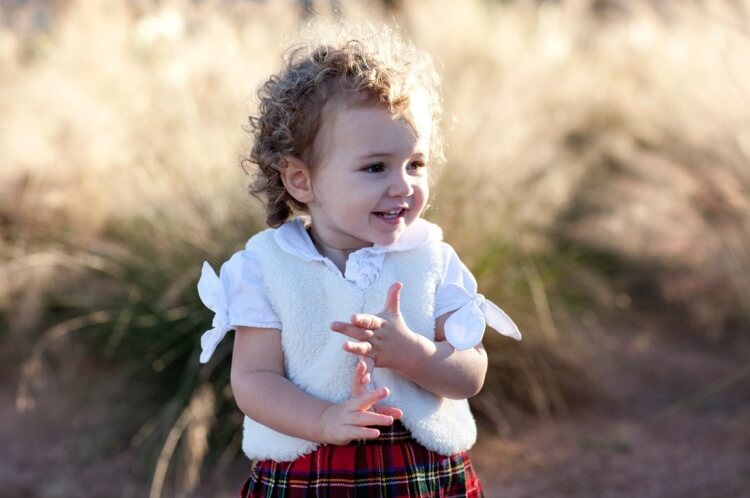April is drug awareness month and as I sat down to write I wondered what you ideas I might have to share on the topic. Kids do lots of things they would never do on their own simply to be part of the crowd. Trying to keep them away from being in the in-crowd is like trying to choose their friends. It won’t happen. You cannot be everywhere as a parent or as a teacher and you cannot make them see things the way you do, especially when they are trying to break out of being Mommy’s little kid. They want to choose their own friends and for at least a lot of those formative years, many youngsters will decide to do things that will make them appear more grown up in their friends’ eyes.
In short, kids often make bad choices, unaware or unconcerned about the consequences. Sadly, all too often their actions not only ruin their adolescence, but sometimes their whole lives. While we would love to stop them from self-destructive behaviors, the most influence we have as teachers is to help them gain the wisdom to know the consequences of what they are choosing to do. We can also help give them the strength to resist dangerous peer-pressure. There are always the kids who think they are doing something good for themselves and shock us all when it turns out bad. Let me share a personal story of some dear friends.

My friend’s twin boys adopted in a foreign country and taken out of poverty at the age of eight had to overcome many obstacles when assimilating into this country and their school. First there was their unguided and poorly supported childhood. Before coming here, they had been pretty much on their own, having to fend for themselves, which often meant trying to procure food for themselves and their younger sisters. In their old life, there was often no one to feed them, set rules, or hold them up to any set of standards. Once here, they had to learn a new language and an entirely new set of behaviors. This need along with their impulsiveness and learning disabilities made it difficult for them to fit in. No one knows how they would have fared if they had not had each other, but the power of two makes more things possible – some good, some bad. Over the years they came up with some very original schemes, the last of which occurred as a result of something they thought they was good – taking protein supplements – but turned out not even close to being good.





